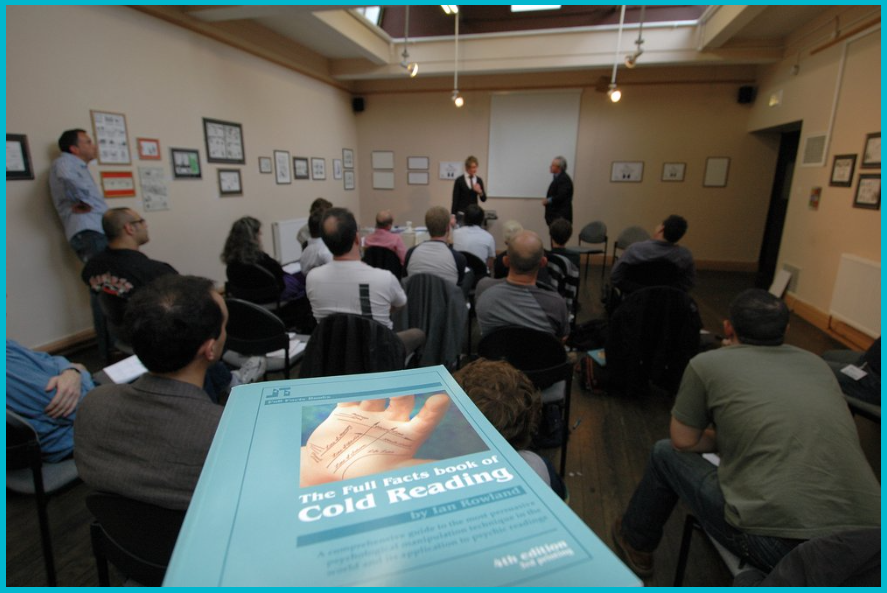Cold Reading Techniques: How They Work and Why They’re So Effective
Cold Reading Techniques: How They Work and Why They’re So Effective
Have you ever been impressed by a psychic, fortune teller, or mentalist who seemed to know intimate details about your life? Chances are, they weren’t using supernatural powers they were applying cold reading techniques.
These methods, rooted in psychology and communication, create the illusion of deep insight. In this guide, we’ll explore the most common cold reading techniques, why they work, and how they can be used in both entertainment and everyday situations.
What Are Cold Reading Techniques?
At their core, cold reading techniques are methods of making statements that sound accurate and personal even when the speaker has no prior knowledge of the subject. They rely on probability, vague language, and human psychology.
Psychics, mentalists, and even salespeople use cold reading techniques to connect with people, build trust, and sound impressively insightful.
Why Cold Reading Techniques Work
The effectiveness of cold reading techniques comes down to three key psychological principles:
The Barnum Effect – People accept vague statements as highly personal.
Confirmation Bias – We remember the “hits” and forget the “misses.”
Feedback Loops – The reader adapts based on body language, tone, or verbal responses.
Together, these elements make cold reading techniques feel accurate and even uncanny.
The Most Common Cold Reading Techniques
Here are some of the most frequently used cold reading techniques, with examples:
1. The Barnum Statement
These are broad but flattering statements.
Example: “You have a strong need for people to like and admire you.”
2. The Rainbow Ruse
This gives someone contradictory traits, making it always correct.
Example: “You’re outgoing, though you sometimes prefer to keep to yourself.”
3. The Jacques Statement
This ties personality to age and life experience.
Example: “When you were younger, you worried about fitting in, but now you’ve grown more confident.”
4. Fuzzy Facts
These sound specific but are deliberately vague.
Example: “I sense a recent challenge, perhaps related to work or relationships.”
5. Sugar Lumps
Small flattering remarks sprinkled into the conversation.
Example: “You’re the kind of person others turn to for advice.”
These classic cold reading techniques are effective because they resonate with almost everyone.
Cold Reading Techniques in Everyday Life
While often associated with psychics, cold reading techniques have broader applications. They can be used ethically in:
Sales and Business – Building rapport with clients by showing empathy.
Leadership – Demonstrating understanding to inspire teams.
Dating and Socialising – Making meaningful connections quickly.
In all these contexts, cold reading techniques work because they make people feel understood and valued.
The Ethics of Cold Reading Techniques
Like many tools, cold reading techniques can be used positively or negatively. Used ethically, they can build trust, strengthen communication, and improve relationships. Used dishonestly, they can exploit vulnerable people who believe in false claims of psychic power.
The difference lies in intent. The techniques themselves are neutral; it’s how they’re applied that matters.
Cold reading techniques may look mysterious, but they’re really about psychology, communication, and the universal human desire to feel understood. By learning how cold reading techniques work, you’ll be able to spot them in action, protect yourself from being misled, and even use them ethically to improve your own communication skills.
When used responsibly, cold reading techniques are less about trickery and more about building stronger human connections.





